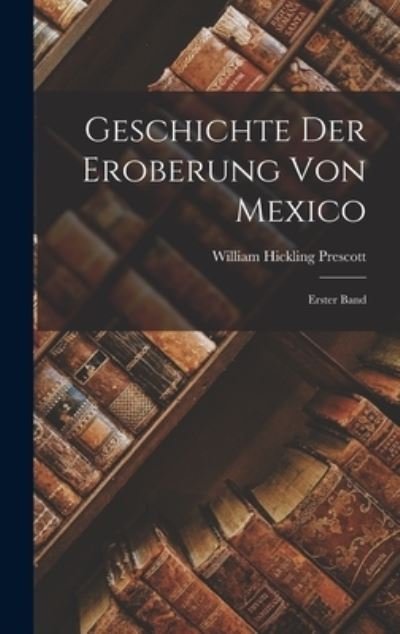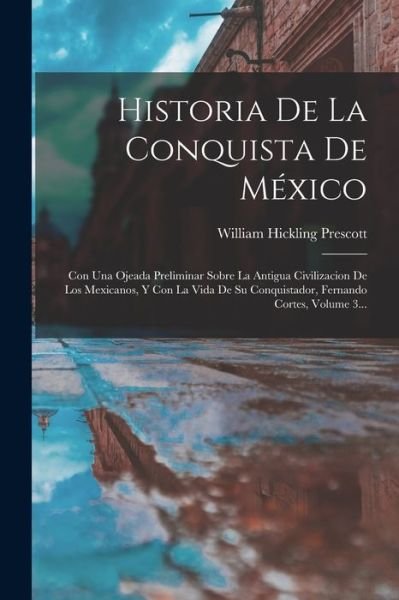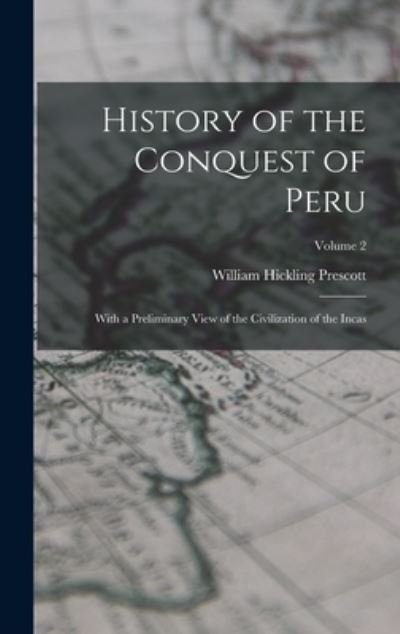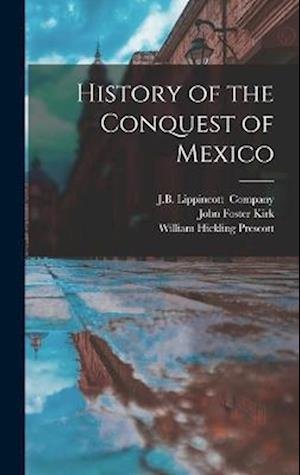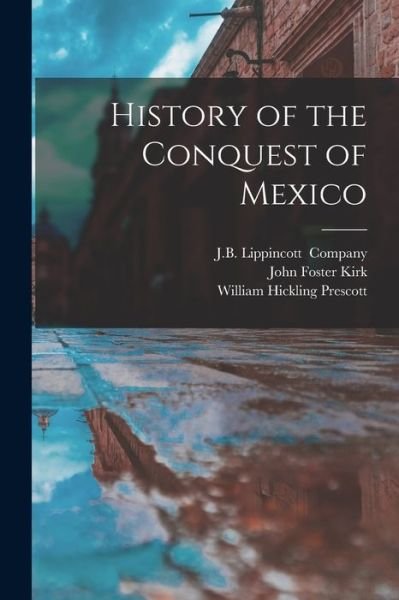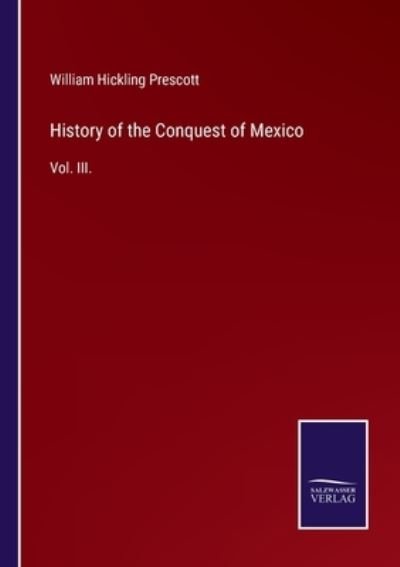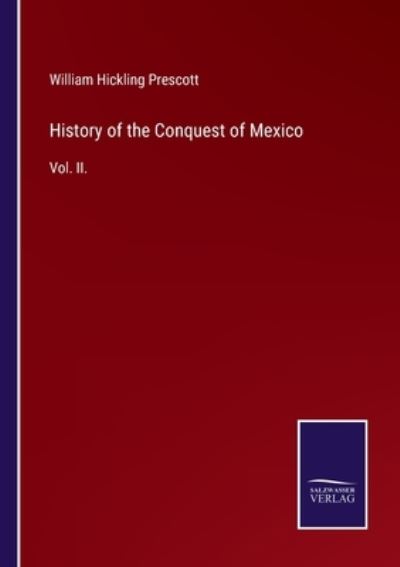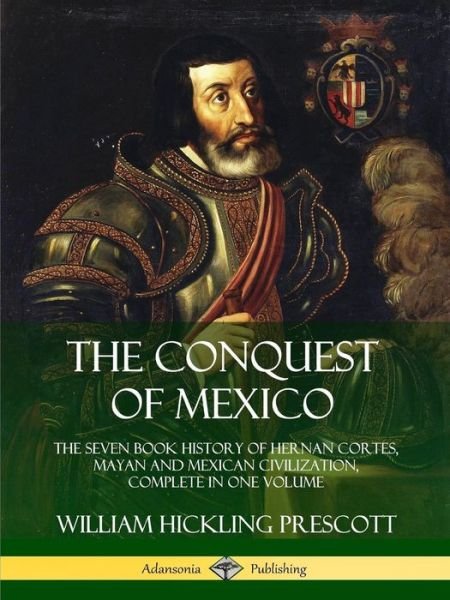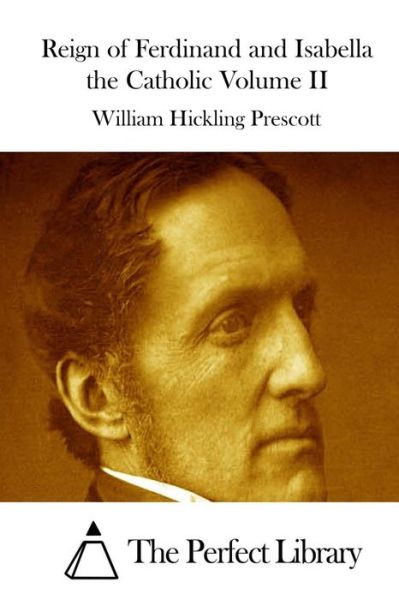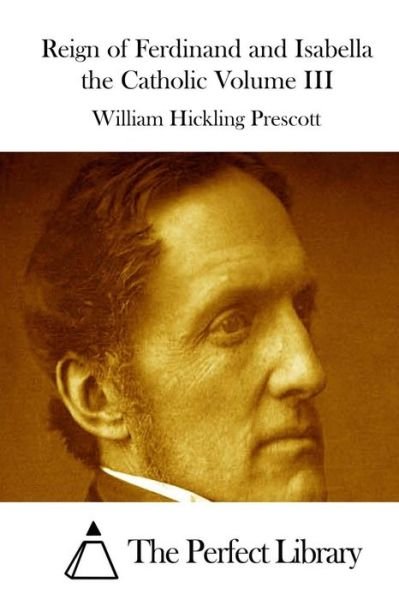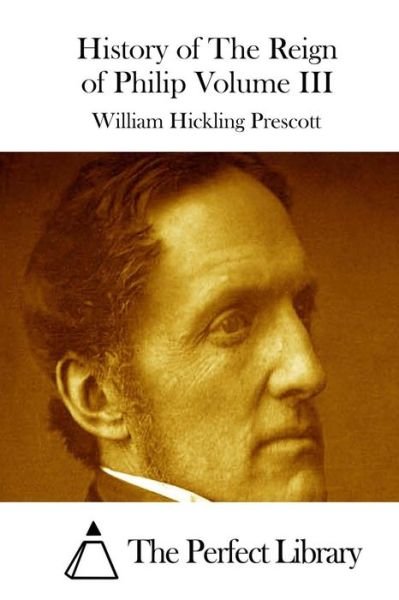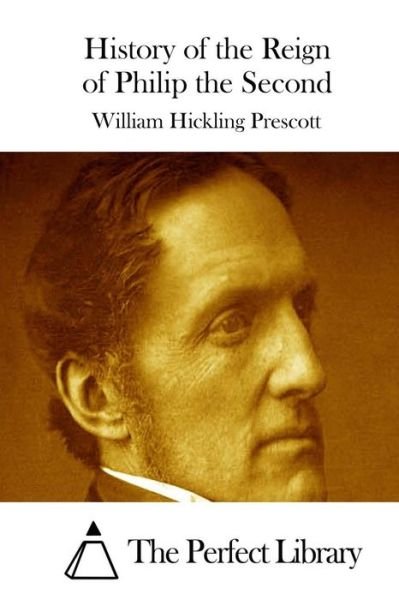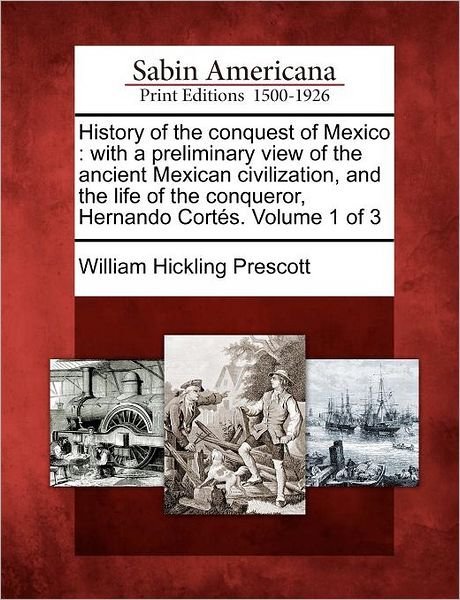
Powiedz znajomym o tym przedmiocie:
History of the Conquest of Mexico: with a Preliminary View of the Ancient Mexican Civilization, and the Life of the Conqueror, Hernando Cort S. Volume
William Hickling Prescott
History of the Conquest of Mexico: with a Preliminary View of the Ancient Mexican Civilization, and the Life of the Conqueror, Hernando Cort S. Volume
William Hickling Prescott
Publisher Marketing: Title: History of the conquest of Mexico: with a preliminary view of the ancient Mexican civilization, and the life of the conqueror, Hernando Cortes. Author: William Hickling PrescottPublisher: Gale, Sabin Americana Description: Based on Joseph Sabin's famed bibliography, Bibliotheca Americana, Sabin Americana, 1500--1926 contains a collection of books, pamphlets, serials and other works about the Americas, from the time of their discovery to the early 1900s. Sabin Americana is rich in original accounts of discovery and exploration, pioneering and westward expansion, the U. S. Civil War and other military actions, Native Americans, slavery and abolition, religious history and more. Sabin Americana offers an up-close perspective on life in the western hemisphere, encompassing the arrival of the Europeans on the shores of North America in the late 15th century to the first decades of the 20th century. Covering a span of over 400 years in North, Central and South America as well as the Caribbean, this collection highlights the society, politics, religious beliefs, culture, contemporary opinions and momentous events of the time. It provides access to documents from an assortment of genres, sermons, political tracts, newspapers, books, pamphlets, maps, legislation, literature and more. Now for the first time, these high-quality digital scans of original works are available via print-on-demand, making them readily accessible to libraries, students, independent scholars, and readers of all ages.++++The below data was compiled from various identification fields in the bibliographic record of this title. This data is provided as an additional tool in helping to insure edition identification: ++++SourceLibrary: Huntington LibraryDocumentID: SABCP02687101CollectionID: CTRG98-B2351PublicationDate: 18440101SourceBibCitation: Selected Americana from Sabin's Dictionary of books relating to AmericaNotes: Appendix contains original documents in Spanish, with some in English translation. Includes index. Collation: 3 v.: maps, ports.; 21 cm Contributor Bio: Prescott, William Hickling William Hickling Prescott, the renowned American historian who chronicled the rise and fall of the Spanish empire, was born in Salem, Massachusetts, on May 4, 1796. His grandfather had commanded colonial forces at the Battle of Bunker Hill during the American Revolution; his father was a highly respected judge and philanthropist. Prescott was tutored in Latin and Greek by the rector of Trinity Church in Boston and entered Harvard in 1811. In a bizarre accident, Prescott was blinded in the left eye by a crust of bread thrown in a dining-hall fracas. He abandoned plans to study law but went on to graduate in 1814 having earned membership in Phi Beta Kappa. While traveling abroad the following year Prescott temporarily lost the sight in his right eye. With his vision permanently impaired, he aspired to the life of gentleman-scholar. Prescott launched a career as a man of letters in 1821 with an essay on Byron that appeared in the North American Review. Over the next two decades he contributed regularly to the prestigious Boston literary journal. His most important articles and reviews, including seminal pieces on the theory and practice of historical composition, were later collected in "Biographical and Critical Miscellanies (1845) and "Critical and Historical Essays (1850). Under the influence of George Ticknor, a friend and mentor who taught European literature at Harvard, Prescott began learning Spanish in 1824. Engrossed by the history of Spain, he committed himself to tracing its development into a world power. Employing secretaries to read him manuscripts sent from Spanish archives, Prescott set about writing a work of sound scholarship that would also interest a generalaudience. A phenomenal memory allowed him to compose whole chapters in his mind during morning horseback rides. Later he recorded them on paper using a noctograph, a special stylus for the blind. More than a decade later he finished "The History of the Reign of Ferdinand and Isabella the Catholic (1837), which enjoyed tremendous critical and popular success on both sides of the Atlantic. Prescott's fame gained him entree into Spanish intellectual circles, greatly facilitating research on his next book, History of the "Conquest of Mexico (1843), a sweeping account of Cortes's subjugation of the Aztec people. "Regarded simply from the standpoint of literary criticism, the "Conquest of Mexico is Prescott's masterpiece," judged his biographer Harry Thurston Peck. "More than that, it is one of the most brilliant examples which the English language possesses of literary art applied to historical narration. . . . [Prescott] transmuted the acquisitions of laborious research into an enduring monument of pure literature." Pulitzer Prize-winning historian Daniel J. Boorstin agreed: "The enduring interest in Prescott's "Conquest of Mexico comes less from his engaging survey of Aztec civilization than from his genius for the epic. . . . Though Prescott has been called the nation's first 'scientific historian' for his use of manuscript sources, he would live on as a creator of literature." Prescott completed his pioneering study of Spanish exploits in the "New World with the History of the Conquest of Peru (1847), a vivid chronicle of Pizarro's tumultuous overthrow of the Inca empire. "The "Conquest of Peru represents an author's triumph over his materials," observed Donald G. Darnell, one ofthe historian's several biographers. "Prescott exploits to the fullest any opportunities for dramatic effects that history might provide him. . . . The description of the Inca civilization, particularly its wealth, the precise explanation of the cause of the conflict between the conquerors, and the depiction of the Spanish character--these together with the careful research, the sheer abun dance of anecdotes, and the exploitation of primary materials all contribute to the history's continuing popularity." Prescott devoted his final years to chronicling the decline of the Spanish empire. He published "The Life of Charles the Fifth after His Abdication (1856), a continuation of William Robertson's "The History of the Reign of the Emperor Charles the Fifth (1769), but only managed to finish the first three volumes of "The History of the Reign of Philip the Second (1855-58). William H. Prescott died of a stroke at his home in Boston on January 29, 1859. In assessing his achievements, Daniel J. Boorstin wrote: "One of Prescott's greatest feats as a 'scientific' historian was to depict the scenes of his drama so vividly without ever having been there--for he never visited Spain, Mexico, or Peru. . . . Prescott created from the rawest of raw material, laboring under physical handicaps and displaying a single-minded courage with few precedents in the annals of literature. . . . He had to discover the landscape, conceive new heroes, and mark their own paths through time. The story of how he made his histories was itself a kind of epic."
| Media | Książki Paperback Book (Książka z miękką okładką i klejonym grzbietem) |
| Wydane | 1 lutego 2012 |
| ISBN13 | 9781275739079 |
| Wydawcy | Gale Ecco, Sabin Americana |
| Genre | Cultural Region > Latin America |
| Strony | 472 |
| Wymiary | 189 × 246 × 24 mm · 834 g |
Więcej od William Hickling Prescott
Zobacz wszystko od William Hickling Prescott ( np. Hardcover Book , Paperback Book i Book )

 Świąteczne prezenty można zwracać do 31 stycznia
Świąteczne prezenty można zwracać do 31 stycznia



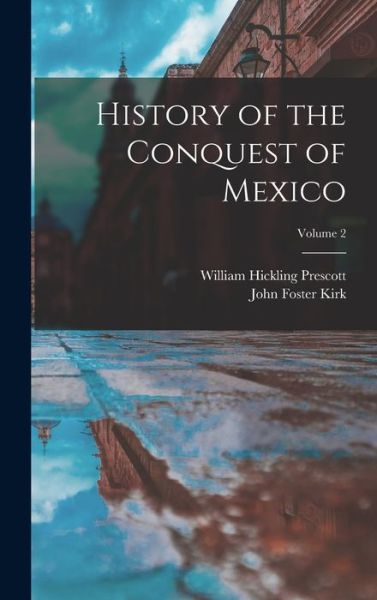
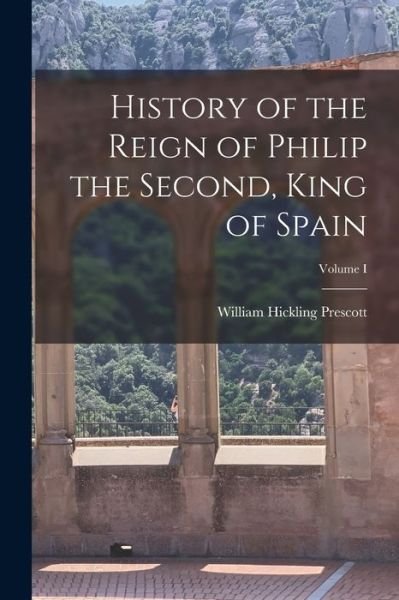


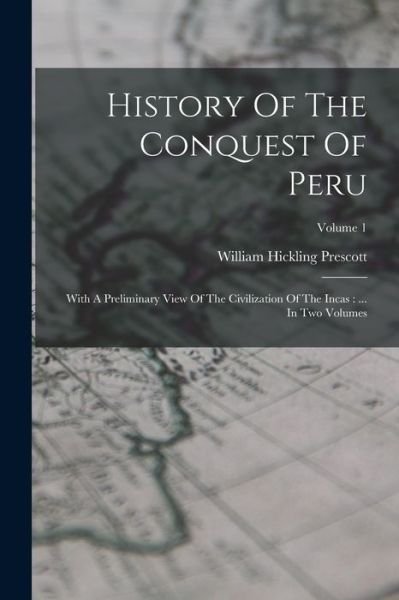
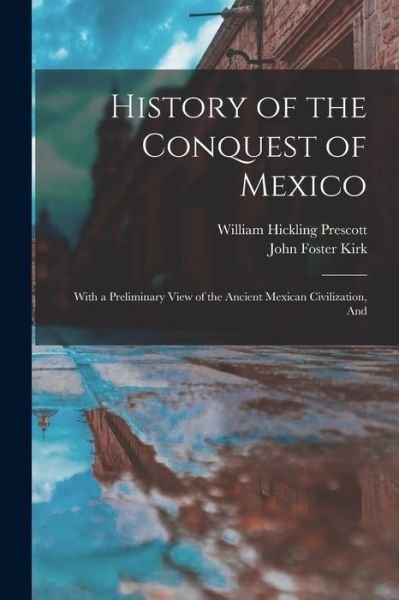
![Cover for William Hickling Prescott · History of the Conquest of Mexico : (Xiv, 305, [1] H. Map. Pleg. ) (Book) (2022)](https://imusic.b-cdn.net/images/item/original/284/9781018374284.jpg?william-hickling-prescott-2022-history-of-the-conquest-of-mexico-xiv-305-1-h-map-pleg-book&class=scaled&v=1689329655)
